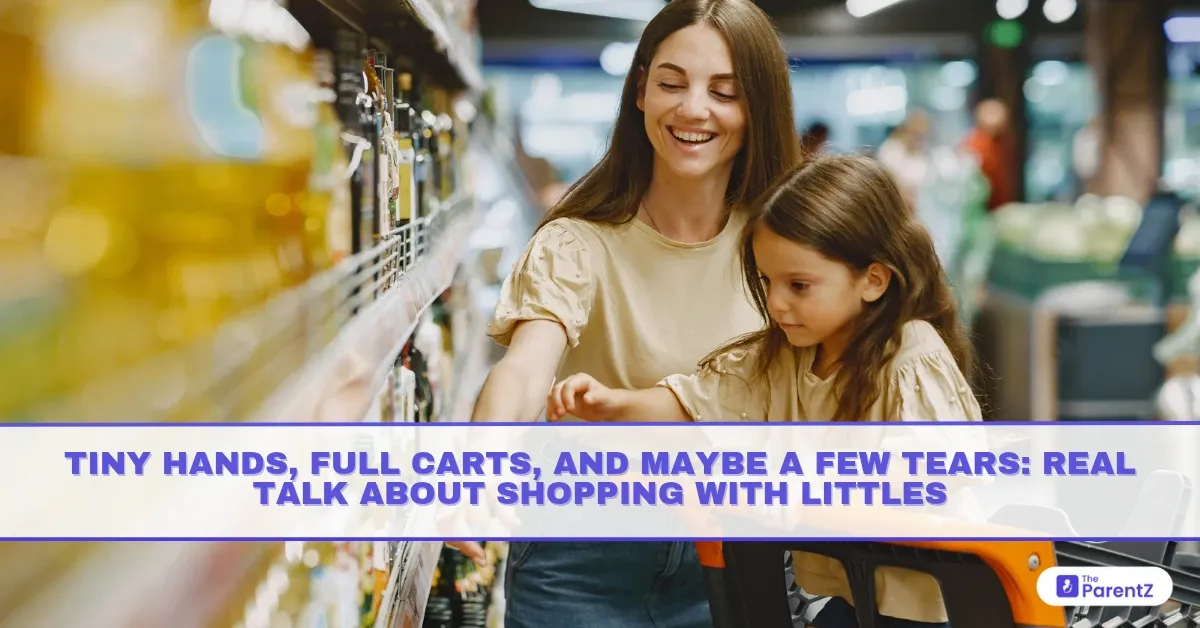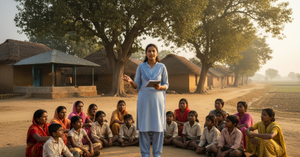Shopping with little kids is a whole adventure. If you’ve ever found yourself at the store with a toddler or preschooler, you know what we mean. One minute you’re reaching for milk, the next your child is grabbing a box of cookies, a shiny toy, or even something random like a can of beans. And if you dare to put their “treasure” back, you might be met with the dreaded meltdown. Sound familiar? You’re definitely not alone.
Let’s talk about what really happens when we shop with our littles, why it’s so tough, and some real-life tips to make it just a little bit easier.
Why Shopping with Kids Feels So Hard
First, let’s just admit it: shopping with young kids is tough for everyone. Stores are full of bright colors, fun packaging, and things at just the right height for small hands. For kids, it’s like a playground where everything is new and exciting. They don’t understand budgets or why we can’t buy everything they see. Their job is to explore, touch, and sometimes test the limits.
And let’s be real, sometimes we’re tired, in a rush, or just not in the mood for a negotiation over a pack of gum. Add in a public meltdown, and it often feels overwhelming.
What’s Going on in Their Little Minds?
Kids aren’t trying to make life hard on purpose. At this age, they’re curious and learning about the world. Grabbing things is their way of exploring. When we say “no” or put something back, it can feel like a big loss to them. They don’t have the words or self-control yet to handle disappointment quietly. Tears or tantrums are just their way of saying, “I really wanted that, and I don’t know how to handle not getting it.”
Practical Tips for Surviving (and Even Enjoying) Shopping Trips
1. Set Expectations Before You Go
Let your child know what the plan is. “We’re going to the store to buy apples and bread. We’re not buying toys today.” Sometimes, just hearing the plan helps them understand what to expect.
2. Give Them a Job
Kids love to help. Ask them to find the red apples, hold the shopping list, or put things in the cart. It keeps their hands busy and makes them feel important.
3. Bring Snacks
Hungry kids are cranky kids. Pack a small snack or water bottle for the trip. It can be a lifesaver if the shopping takes longer than expected.
4. Let Them Choose (Within Limits)
Offer small choices: “Do you want to pick the bananas or the apples?” This gives them some control without letting them grab everything.
5. Keep Trips Short (If You Can)
If possible, stick to a short list and quick trips. Long shopping adventures are hard for little attention spans.
6. Talk About What You See
Turn shopping into a learning game. “Can you find something green? Let’s count the oranges.” It keeps them distracted and engaged.
7. Have a Backup Plan for Meltdowns
Sometimes, even with the best planning, tears happen. If your child gets upset, take a deep breath. Kneel down to their level, speak calmly, and offer comfort. Remember, every parent has been there.
8. Celebrate Small Wins
If your child helps or listens well, let them know you noticed. A simple “Thank you for helping me today!” goes a long way.
Understanding Your Child (And Yourself)
Shopping with kids is a phase. They won’t always want to grab everything or melt down in aisle five. It helps to remember that they’re learning how the world works, and so are we as parents. Some days will be smooth, others will be tough, and that’s okay.
It’s also okay to feel frustrated or embarrassed sometimes. Parenting isn’t about being perfect. It’s about showing up, doing our best, and loving our kids through all the chaos.
Conclusion
So next time you find yourself with a full cart, a curious toddler, and maybe a few tears, remember: you’re not alone. Every parent has a story about shopping with little ones. With a little planning, patience, and a sense of humor, you can survive and maybe even enjoy these wild shopping trips. One day, you’ll look back and laugh at the time your child tried to sneak six boxes of cookies into the cart. Until then, hang in there. You’re doing great!








Be the first one to comment on this story.